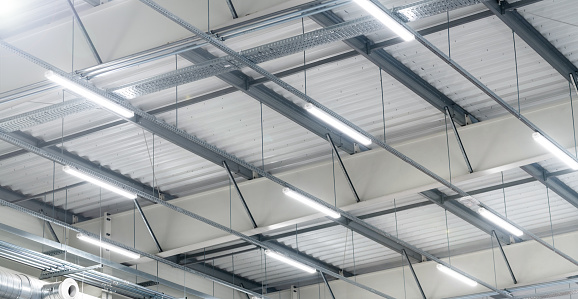Many options are available to you when it comes to lighting your home. CFLs, incandescent, halogens, and LEDs are all types of bulbs that you can choose from. Decide on a brightness level based on lumens once you’ve made a choice.
Pros:
- Longevity of life
For the longest-lasting light bulb, choose an LED. LED bulbs can stay for at least 50,000 hours, according to some tests. A led downlight can last up to 100,000 hours, depending on how it is used. Others have a life expectancy of 75,000 hours or more. On the other hand, an incandescent light bulb is known to last for up to two thousand hours. As soon as it’s switched on, the bulb loses power. LED lights are no exception. A bulb’s lifespan is reduced if it is frequently turned on and off.
- Saves money on utility bills.
The LED bulb, in addition to being long-lasting, is also energy-efficient. Because of this, it’s a wise investment. According to research, LED bulbs use 80% less energy than incandescent light bulbs. CFLs, on the other hand, are less efficient than LEDs. An LED bulb uses just 10 watts of power for every 60 watts of power an incandescent light bulb produces lumens. This illustrates how much more energy-efficient LED bulbs are compared to others.
- Less Heat is Produced
You get 80% light and only 20% heat with LED bulbs, which is a nice perk. You’ll hurt your hand if you try and pick led downlights up or touch them with halogens but on the other hand. A fire can start if they fall over and crack. On the other hand, Halogen bulbs can get extremely hot, but not like incandescent bulbs.
- A plus for the environment
The led strip lights kitchen is a great choice for the environment. In addition, it is free of mercury. However, CFL lights do not. LED bulbs to use less energy than incandescent bulbs, making them even more environmentally friendly. Energy-efficient technology and big-ticket appliances are environmentally friendly. LED bulbs, on the other hand, are more durable than their incandescent counterparts. If a lamp with this bulb falls over, it will continue to function.
Cons
- Ineffective with dimmers
Dimmers can be used to create a variety of lighting effects. LED bulbs, unfortunately, are not dimmable. To use a dimmer with LED bulbs, you’ll need to find a switch that’s designed for that purpose. Regarding efficiency, LED technology has made significant progress, but the dimmable feature remains an area of improvement. Instead of using LEDs, use incandescent bulbs for dimming features.
- Higher Upfront Cost
The age of a product is often influenced by its cost. The more memory a computer has when it is new, the more expensive it will be in the long run. It is more expensive to buy a new AC unit with a higher SEER rating since you spend a more energy-efficient model. The logic is the same for an LED bulb. You’ll have to pay more up front as an investment, but it has a longer life expectancy.
- They can’t handle the heat.
A lampshade is the best protection for led strip lights kitchen because they can heat up if they are subjected to heat. For a significant period, their lifespan is reduced by the effects of heat. A flickering likely LED bulb is the result of a mismatched transformer and bulb combination.
- Directionality
Instead of lighting up in all directions, an LEDstrip lights bulb shines only in a specific direction. An LED bulb is frosted, as you can see when you look at it. A layer of frosting helps to disperse the light evenly in all directions. To distinguish an LED from an incandescent or halogen bulb, look for frosting on the bulb.
